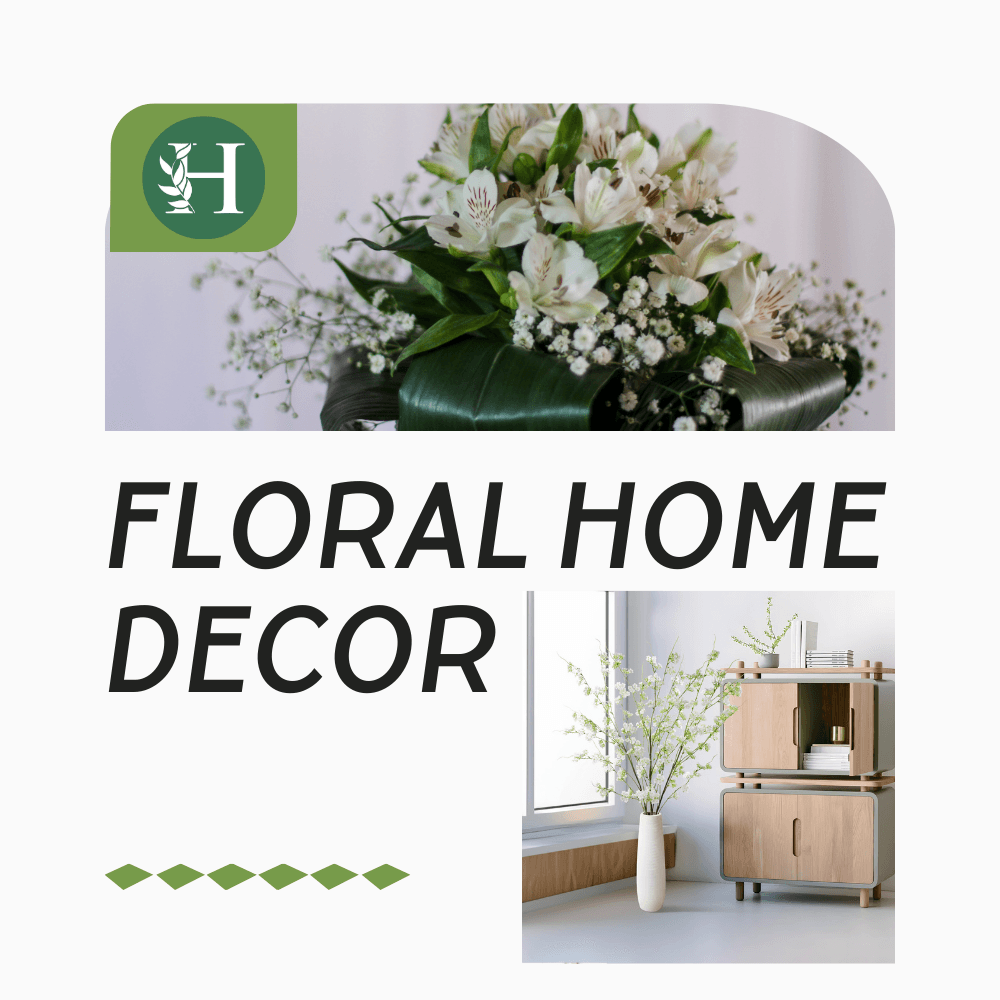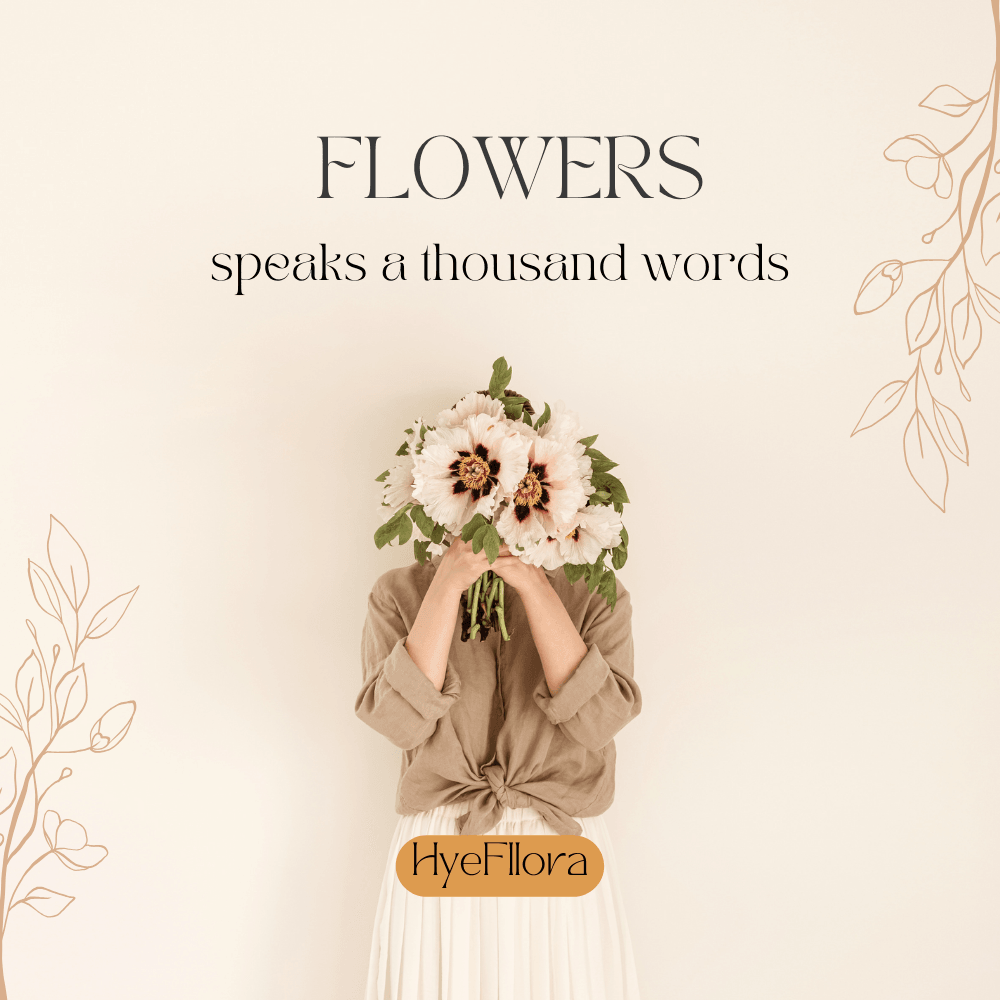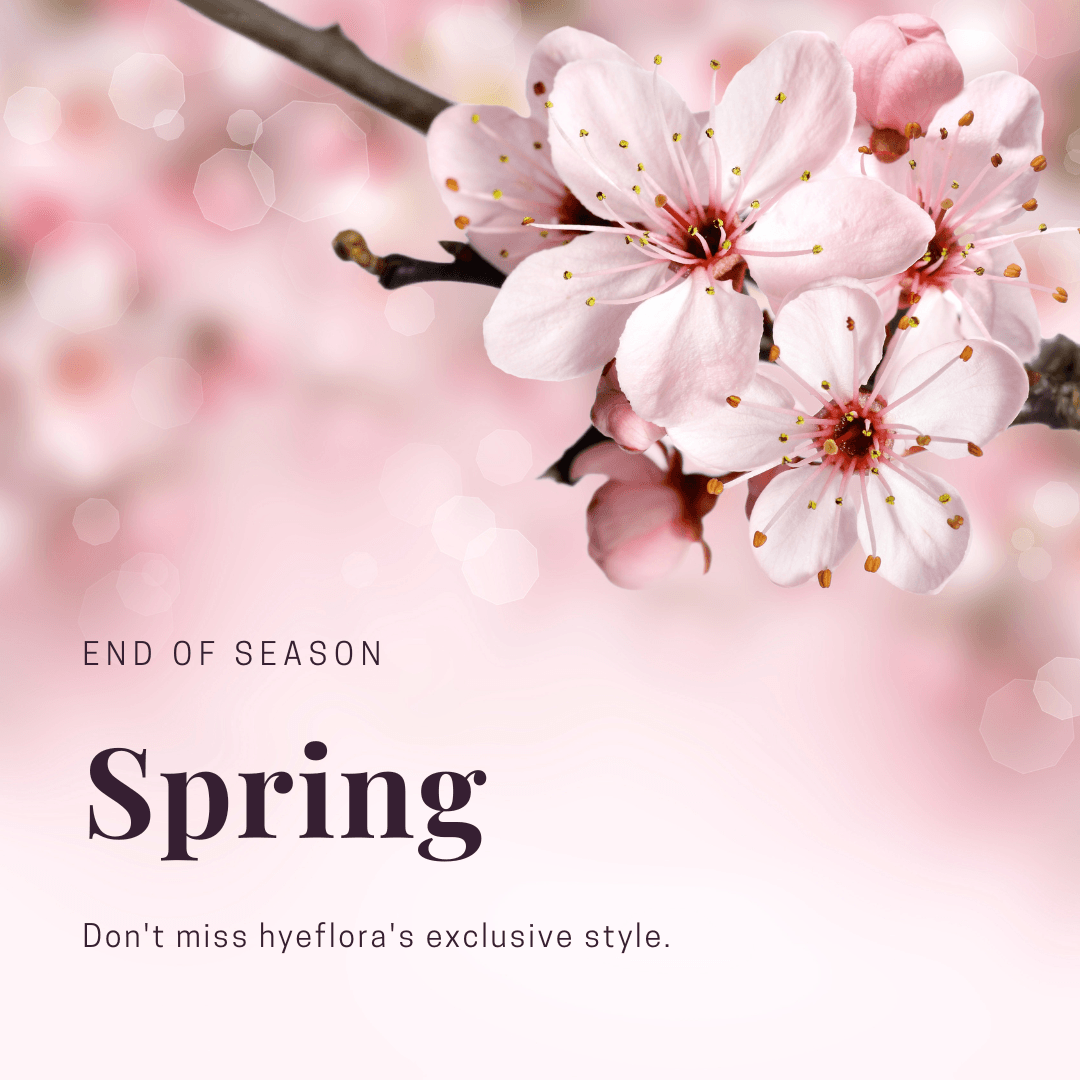According to a report by the US
National Institute of Environmental Health Sciences(
NIH), approximately 50 million people in the United States suffer from varying degrees of allergy to pollen from over a dozen common flowers in nature. This means that one out of every six individuals cannot comfortably engage with nature.Artificial flowers effectively address this concern. They not only serve as daily decorations in households, allowing people to experience the intertwining of nature and life, but also, with advanced technology, provide a tactile experience similar to real flowers. For those allergic to pollen, artificial flowers serve as a perfect substitute.

3,Versatile Decor Options:
As one of the essential elements in modern indoor and outdoor decor, artificial flowers offer a level of flexibility and decorative capability far beyond that of real flowers. The ability to freely combine different types of flowers and colors allows for the creation of suitable settings for any occasion, whether it be in an office, home, or various event venues.
Customization or purchase based on personal preferences and design requirements enables artificial flowers to adapt to a wide range of atmospheres, such as birthday parties, weddings, and more. This diversity in selection and versatility contrasts with the limited variety and seasonal restrictions of real flowers.
These advantages stem from the ease of combining artificial flowers and their ability to be reused continuously. They are also particularly suitable for households with pets.
4,Cost-Effectiveness:
While the initial purchase cost of most real flowers is relatively low, the total cost increases over time due to regular replacement, fertilization, and maintenance requirements.

On the other hand, artificial flowers may have a slightly higher initial cost, but they do not require daily care or frequent replacement. For long-term decorative purposes, artificial flowers offer a much higher cost-effectiveness compared to real flowers.











